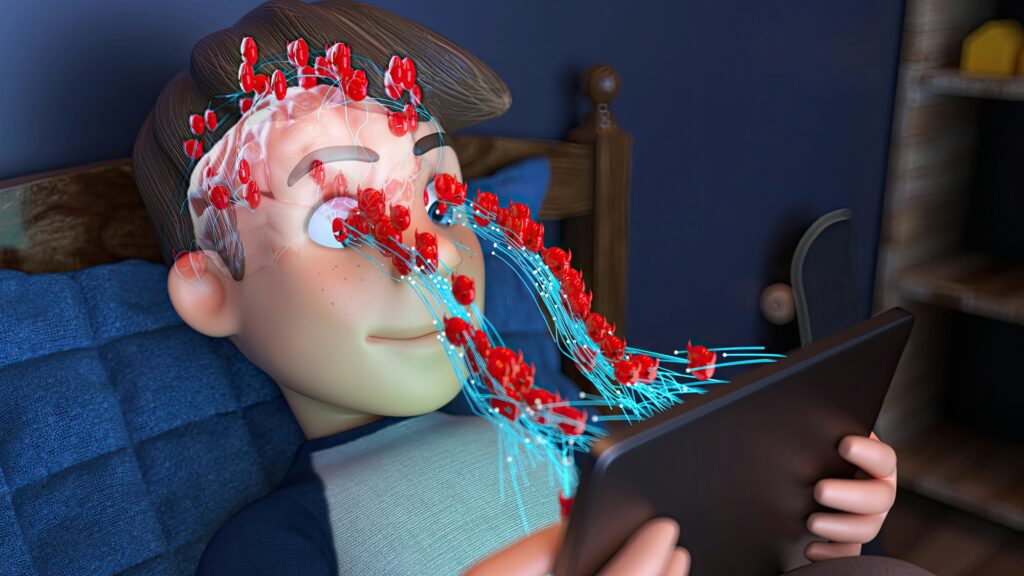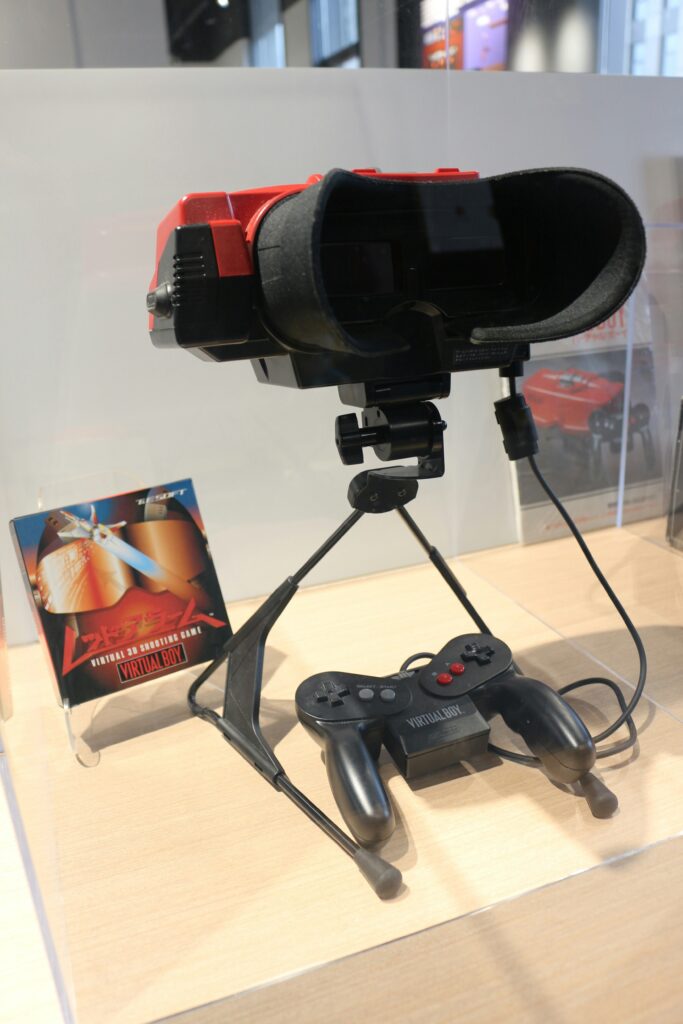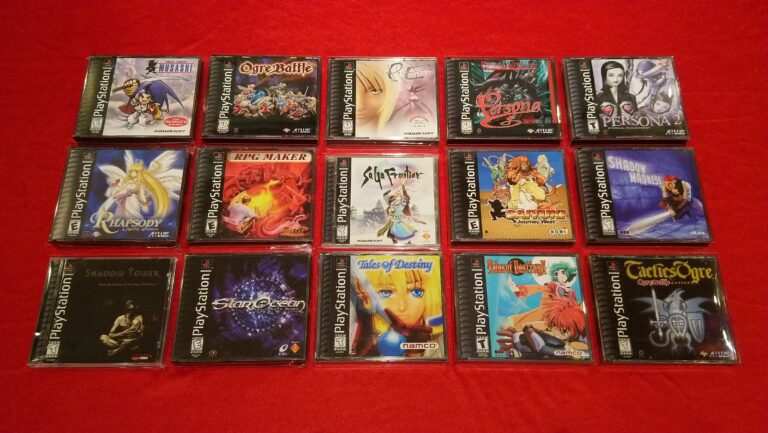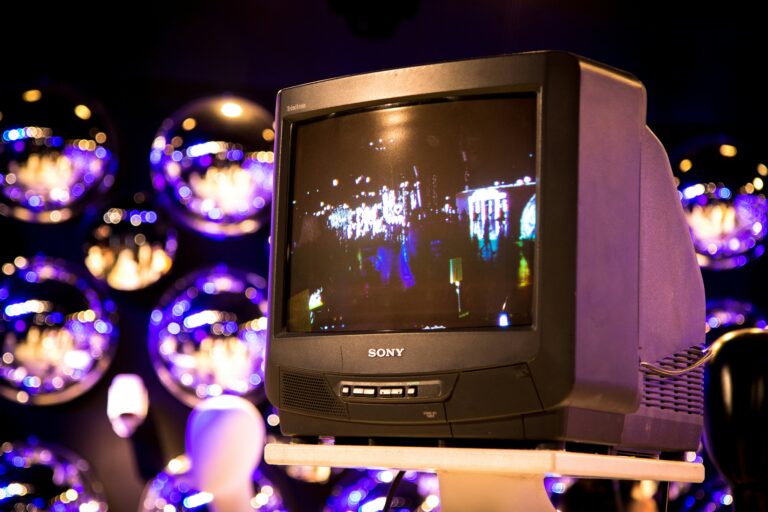In the pulsating world of virtual reality, many enthusiasts and tech aficionados often find themselves intrigued by the allure of the past. The 1995 Nintendo Virtual Boy, a classic and a pioneering experiment in the realm of VR gaming, holds a special place in the hearts of many. This icon of technology, though short-lived in its prime, has become a significant collector’s item for the gaming community. Today, we’re here to delve into the universe of the Virtual Boy, to uncover its history, understand its inner workings, and most importantly, guide you on how to care for and maintain this beloved relic of gaming history. This is your essential collector’s guide to the Virtual Boy.

The Virtual Boy, with its distinct red and black graphics and immersive 3D gaming experience, was nothing short of a marvel in its heyday. It promised a futuristic virtual reality experience, and despite falling short of its ambitious goals, it left a lasting impact that reverberates in the gaming industry today. This article is not just a mere retrospective; it’s an exploration of the Virtual Boy’s technological architecture, a journey into the intricate details of its hardware and software, and a testament to the enduring spirit of innovation in gaming.
We will venture into the world of Virtual Boy maintenance, starting with an overview of its hardware. The Virtual Boy is a system with unique components, each contributing to its signature gaming experience. Therefore, understanding its hardware is key to ensuring its longevity. From the mirror oscillation system, the 32-bit RISC processor, to the dual 1×224 linear array LED displays, we will examine each part and their roles, and outline the best methods to preserve them.
Software care is another crucial aspect we will address. Despite its limitations, the Virtual Boy was ahead of its time in many ways, and that is reflected in its software. We will cover the essential tips and tricks for preserving the software, troubleshooting common issues, and ensuring a smooth, glitch-free gaming experience. Expect to gain insights into Virtual Boy’s game library and how to keep these games in prime condition for the years to come.
Finally, we’ll offer a comprehensive guide on how to care for the Virtual Boy’s physical structure, from cleaning procedures to storage recommendations. We know how valuable these units are for collectors, so we will provide expert advice to keep your Virtual Boy in pristine condition.
This guide is a labor of love, curated for the passionate, the curious, and the nostalgic. Whether you’re a Virtual Boy owner, a prospective buyer, or a gaming historian, this article aims to serve as a comprehensive resource. So, let’s take a step back into the past, and rekindle the memories of a time when the world was amazed by the possibilities of virtual reality through the Virtual Boy. Strap on your goggles, and let’s dive in.
Understanding the Virtual Boy: A Deep Dive
The Virtual Boy, launched by Nintendo in 1995, was the first console capable of displaying stereoscopic 3D graphics. Although it was not as successful as Nintendo’s other products, it has since gained a cult following among gaming enthusiasts and collectors. This article will delve into the technical aspects of the Virtual Boy, provide a comprehensive collector’s guide, and offer tips on maintenance and care.
Technical Specifications of the Virtual Boy
The Virtual Boy boasted impressive specifications for its time. The console used a 32-bit RISC processor, with a clock speed of 20 MHz. It had a dual 384 x 224 pixel resolution, and each game cartridge could hold up to 16 megabits of data. The Virtual Boy also featured a unique controller with dual D-pads, allowing for more complex gameplay.

But perhaps the most innovative feature of the Virtual Boy was its stereoscopic 3D display. This was achieved using an oscillating mirror system, which directed a single line of LED lights to each eye, creating the illusion of depth. This technology was revolutionary at the time, and despite the Virtual Boy’s commercial failure, it laid the groundwork for future advances in virtual reality gaming.
Check out this video from The Gaming Historian for a comprehensive overview of the Virtual Boy’s technical specifications.
Essential Collector’s Guide
For those interested in adding the Virtual Boy to their collection, there are a few key things to look for. The console was only available in a single red and black color scheme, and all official units have the Virtual Boy logo on the front. The original packaging included the console, controller, AC adapter, battery pack, and six AA batteries.
There were 22 games released for the Virtual Boy, the most popular of which include “Mario’s Tennis,” “Wario Land,” and “Teleroboxer.” Some of these games are rarer than others, and can fetch high prices on the collector’s market.
For a more detailed look at the Virtual Boy’s game library, check out this video from MetalJesusRocks.
GameRelease YearEstimated Value (Mint Condition)Mario’s Tennis1995$50-$100Wario Land1995$75-$150Teleroboxer1995$30-$80
Maintenance and Care
Despite its sturdy build, the Virtual Boy does require some care to keep it in good working order. One common issue with the console is the deterioration of the foam around the eyepiece, which can be replaced with a bit of DIY ingenuity.
Another common problem is the failure of the display due to loose or broken ribbon cables. This can often be repaired by reflowing the solder on the cables, although this should only be attempted by someone with experience in electronics repair.
To keep your Virtual Boy in top condition, store it in a cool, dry place and keep it covered when not in use to prevent dust build-up. Regular cleaning of the controller and cartridge slot with a soft cloth can also help to prolong the console’s life.
For a detailed guide on Virtual Boy repair and maintenance, watch this video from This Does Not Compute.
The Virtual Boy may have been a commercial flop, but its innovative design and unique gaming experience have earned it a place in gaming history. Whether you’re a collector or a retro gaming enthusiast, the Virtual Boy offers a fascinating glimpse into the early days of virtual reality.
Conclusion
In conclusion, we’ve journeyed through the complex world of IT and engineering, taking a deep dive into the intricate nuances that these fields present. Through this comprehensive exploration, we’ve identified the importance of technical knowledge and its vital role in empowering individuals and organizations to thrive in an increasingly digital world.
Our discussion began with an overview of the essence of IT, highlighting the importance of this discipline in today’s data-driven society. We explored the fundamental concepts, from the basics of coding to the more complex areas like data analytics and artificial intelligence. The application of these concepts in various sectors, such as healthcare, finance, and education, underscores the far-reaching impact of IT and its potential to revolutionize various aspects of human life.
Similarly, we delved into the realm of engineering, unpacking the different specialties within this broad discipline, such as civil, mechanical, and electrical engineering, among others. We also examined the growing role of technology in engineering, with the advent of tools like CAD and 3D printing significantly altering the landscape of this field.
Our discussions reaffirmed the notion that the world of IT and engineering is not only complex but also ever-evolving, requiring continuous learning and adaptation. As such, the value of good quality technical writing in breaking down these complex concepts into understandable formats cannot be overstated. It is through such writing that we can bridge the knowledge gap, empower more individuals to engage with these fields, and foster an environment of inclusivity.
This article serves as a testament to the power of technical writing in demystifying complex technical concepts. The ability to comprehend these complex ideas is no longer a privilege reserved for the few but a right accessible to many, thanks to the diligent work of technical writers worldwide. We hope that this article has sparked your curiosity and motivated you to delve deeper into the fascinating world of IT and engineering.
We encourage you to share this article with others who may benefit from this knowledge, comment with your insights and experiences, and apply these concepts in your everyday life or professional career. The digital world is a vast ocean of knowledge waiting to be explored, and every bit of understanding we gain equips us better to navigate it.
Finally, remember that knowledge is power, but sharing knowledge amplifies this power. So, don’t just keep what you’ve learned to yourself. Share it, discuss it, and let’s continue to grow together in our understanding of IT and engineering.
As we draw this article to a close, we leave you with the words of Henry Petroski, a renowned American engineer and author, who said, “Science is about knowing; engineering is about doing.” So, let’s continue to learn, but more importantly, let’s apply what we learn.
Please feel free to delve deeper into these topics by exploring the references we used to compile this article. (Insert Active Links Here)
Thank you for your time, and until next time, keep learning and innovating!
References:
(Insert Active References Here)



